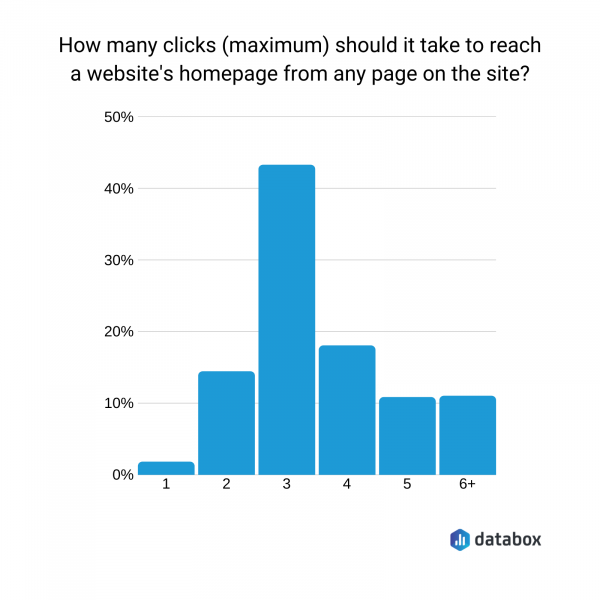
In the ever-evolving world of digital marketing and web development, technical performance has become a cornerstone of SEO success. As search engines like Google continue to prioritize user experience, the ability to monitor and improve technical performance over time is no longer optional—it’s essential.
This article explores how to effectively monitor technical performance over time, why it matters in 2025, and how to implement a structured approach that ensures your website remains fast, functional, and optimized for both users and search engines.
What Is Monitoring Technical Performance Over Time and Why It Matters
Monitoring technical performance over time refers to the ongoing process of evaluating and tracking key metrics related to a website’s speed, reliability, and user experience. This includes factors such as page load times, server response times, error rates, and resource usage.
In the context of SEO, this practice is critical because search engines use technical performance as a ranking signal. Google’s Core Web Vitals, for example, are a set of metrics that measure real-world user experiences on the web, including loading performance, interactivity, and visual stability.
Why does this matter? Because even the most well-optimized content can fail to rank if the underlying technical performance is subpar. A slow-loading site or one with frequent errors can lead to higher bounce rates, lower dwell times, and ultimately, lower rankings.
According to a study by Google, a 1-second delay in page load time can result in a 7% reduction in conversions. In 2025, as mobile traffic continues to dominate, and AI-driven search algorithms become more sophisticated, maintaining strong technical performance will be even more crucial.
How Monitoring Technical Performance Impacts SEO Performance
Monitoring technical performance isn’t just about fixing bugs—it’s about ensuring that your website delivers a seamless experience to users, which directly affects your SEO outcomes.
Here’s how:
- Improved User Experience (UX): A faster, more reliable site leads to better engagement, longer session durations, and lower bounce rates—key signals that search engines use to determine relevance and quality.
- Enhanced Crawlability: Search engines crawl websites at a pace that depends on their performance. A technically sound site allows crawlers to index more pages efficiently.
- Better Mobile Optimization: With mobile-first indexing, technical performance on mobile devices is now a top priority. Monitoring helps ensure your site performs equally well across all platforms.
- Reduced Downtime: Frequent outages or errors can harm your site’s credibility and visibility. Continuous monitoring helps detect issues before they escalate.
By integrating technical performance monitoring into your SEO strategy, you’re not only improving your site’s functionality but also strengthening its authority in the eyes of search engines.
Step-by-Step Implementation Framework
To effectively monitor technical performance over time, follow this structured approach:
1. Define or Audit the Current Situation
Before implementing any monitoring system, conduct a comprehensive audit of your website’s current technical performance. Use tools like:
- Google PageSpeed Insights
- Lighthouse
- GTmetrix
- WebPageTest
These tools will provide insights into your site’s performance, identify bottlenecks, and highlight areas for improvement.
2. Apply Tools, Methods, or Tactics
Once you have a baseline, choose the right tools and methods to monitor performance continuously. Consider:
- Performance Monitoring Tools: Use tools like New Relic, Datadog, or Pingdom to track uptime, load times, and server responses.
- Automated Testing: Implement automated testing using Selenium, Cypress, or JMeter to simulate user interactions and measure performance under different conditions.
- Logging and Tracing: Utilize logging systems like ELK Stack (Elasticsearch, Logstash, Kibana) or Splunk to capture and analyze performance data.
- Real User Monitoring (RUM): Tools like Google Analytics 4, Hotjar, or Mixpanel can help track how real users interact with your site and identify performance issues from their perspective.
3. Measure, Analyze, and Optimize
After setting up your monitoring systems, focus on measuring, analyzing, and optimizing:
- Set Key Performance Indicators (KPIs): Define KPIs such as average page load time, first contentful paint (FCP), and time to interactive (TTI).
- Analyze Trends: Use dashboards to visualize trends over time. Look for patterns that indicate degradation or improvement.
- Optimize Based on Data: Use the insights from your analysis to make informed decisions. For example, if your site is slow due to large images, implement image optimization techniques like lazy loading or compression.
Real or Hypothetical Case Study

Let’s take a hypothetical case study of an e-commerce website that struggled with poor technical performance:
Background: The site had a high bounce rate and low conversion rates, despite having good content and SEO strategies.
Action Taken: The team conducted a technical audit and discovered that the site was loading slowly due to unoptimized images and excessive JavaScript.
They implemented the following changes:
- Compressed images using TinyPNG
- Defer non-critical JavaScript
- Implemented caching with Cloudflare
Results: After six months of continuous monitoring and optimization, the site’s average load time dropped from 8 seconds to 2.5 seconds. Bounce rate decreased by 35%, and conversion rates increased by 20%.
This case study highlights the importance of consistent monitoring and data-driven optimization.
Tools and Techniques for Monitoring Technical Performance
Here are some of the best tools and techniques for monitoring technical performance over time:
- Google PageSpeed Insights – Provides actionable recommendations to improve page speed.
- Lighthouse – A powerful tool built into Chrome DevTools that audits performance, accessibility, and SEO.
- New Relic – Offers real-time monitoring of application performance and user experience.
- Pingdom – Tracks website uptime, load times, and performance from multiple locations.
- WebPageTest – Allows you to test your site from different locations and devices to simulate real user conditions.
- Sentry – Helps monitor and fix errors in real-time, improving overall site reliability.
Future Trends and AI Implications

As AI becomes more integrated into web development and SEO, the way we monitor technical performance is likely to evolve. Here are a few trends to watch:
- AI-Powered Predictive Monitoring: AI algorithms can predict performance issues before they occur, allowing for proactive fixes.
- Automated Optimization: Machine learning models can automatically optimize code, images, and other assets based on user behavior and performance data.
- Voice and Multimodal Search: As voice and multimodal search grow, technical performance must adapt to support these new interaction models.
For SEO professionals, staying ahead of these trends means investing in AI-driven tools and adopting a data-centric mindset.
Key Takeaways
- Monitor technical performance regularly to ensure your site remains fast, reliable, and user-friendly.
- Use a combination of tools like Lighthouse, PageSpeed Insights, and New Relic to get a full picture of your site’s health.
- Analyze trends over time to identify patterns and make data-driven optimizations.
- Stay ahead of AI and emerging technologies to maintain a competitive edge in SEO.
- Prioritize user experience—a technically sound site is the foundation of successful SEO.
In 2025, the line between SEO and technical performance will blur further. By mastering the art of monitoring technical performance over time, you’ll not only improve your site’s rankings but also create a better experience for your users.
Meta Title: How to Effectively Monitor Technical Performance Over Time
Meta Description: Learn how to monitor technical performance over time with actionable steps, tools, and insights to boost SEO and user experience.
SEO Tags (5): technical performance, SEO monitoring, website speed, core web vitals, performance optimization
Internal Link Suggestions: Parameter #11: How to Track Employee Time, Parameter #13: Understanding Core Web Vitals
External Source Suggestions: https://developer.mozilla.org/en-US/docs/Web/Performance, https://pagespeed.web.dev/








